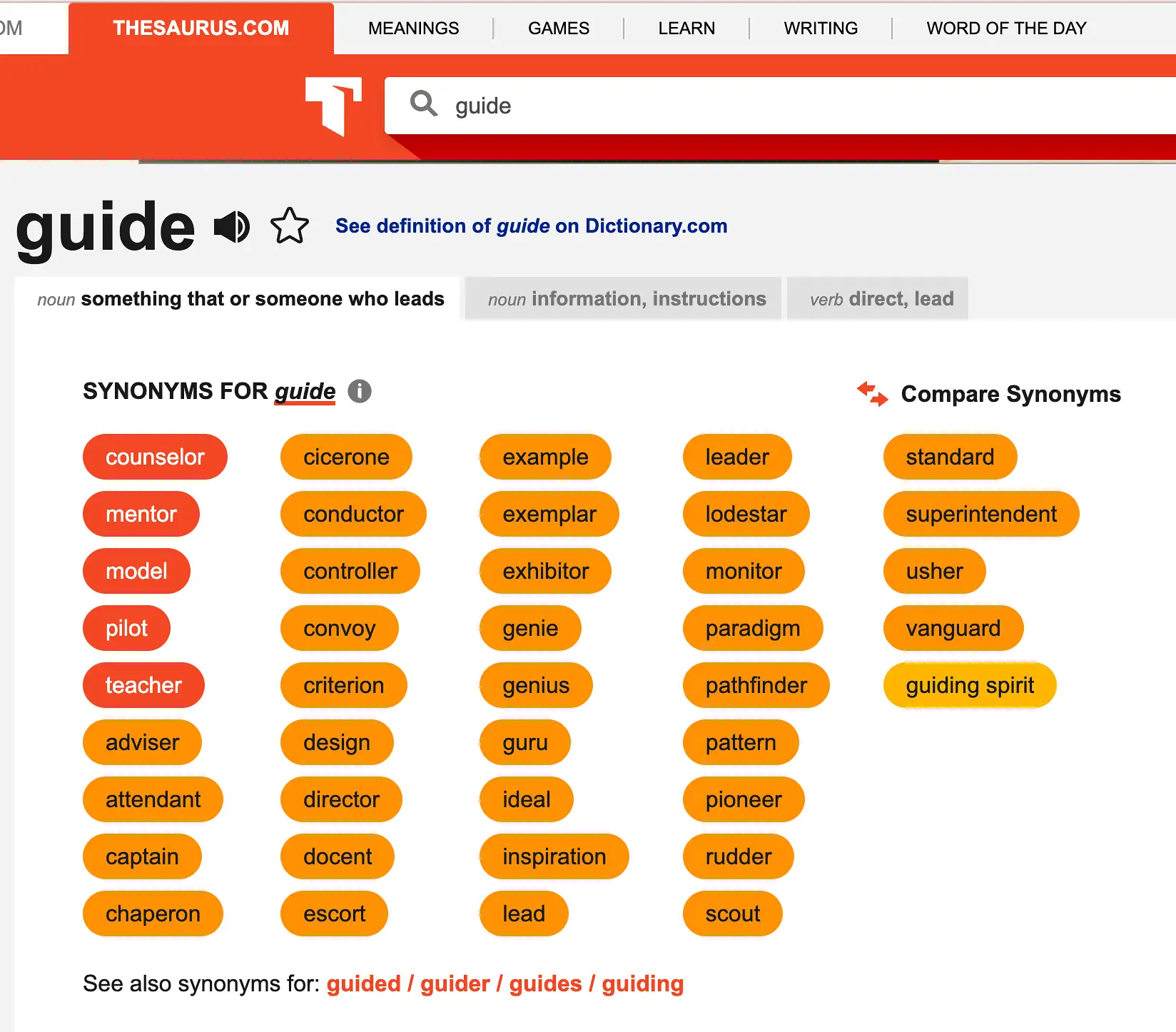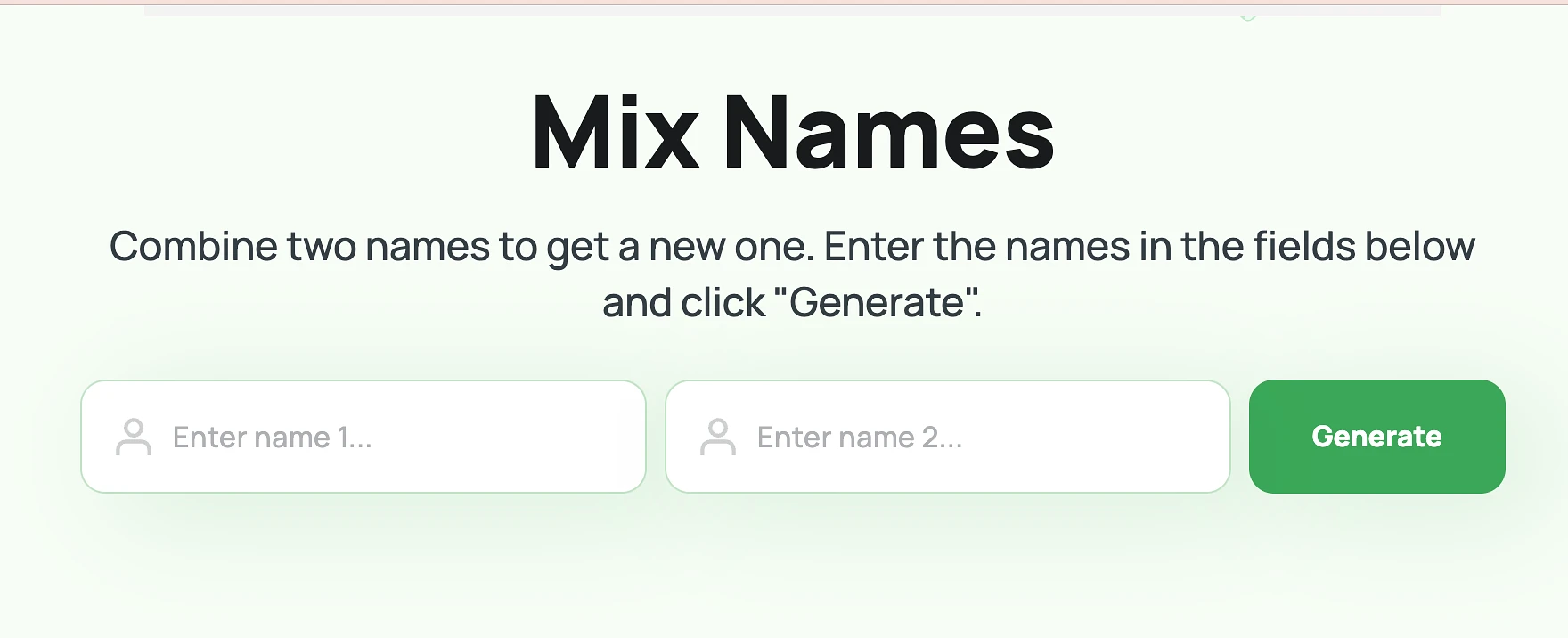There are over 600 million blogs on the internet today.
What does this imply?
It means that about 600 million people have walked and threaded this same path as you.
But that’s not the shocker, hear me out.
About 252,000 websites are created globally every single day.
So let’s say by the time you’d be done reading this article and rested for the day, we’ll have 252k new blogs and sites on the global space with defined names.
So the problem here is not your inability to come up with a good name but lies in the fact that most of the names you have in mind are already taken.
I’ve been there and I know how frustrating it feels.
This are modern times and to name a blog, one has to get really creative to come up with a name that’s both appealing and suits the purpose of creating the blog.
In this article, we’ll take about:
- The 5-Step Blog Name Generation Question Framework
- Our 9 Brainstorming Process for coming up with a blog name
- Helpful blog name generation tools and resources
- How to validate if your chosen blog name is a good one
At the end of this piece, you’d have a better understanding that’ll help spark your Eureka moment.
Without further ado, let’s get started.
5-Step Blog Name Generation Question Framework
To ensure an efficient blog naming process, make sure you follow these crucial steps by providing answers to the 5 outlined questions.
i.) What is My Niche?
Identifying your niche is essential when crafting a blog name.
A blog name that reflects your specialization can make the blog more easily discoverable to potential readers.
Establishing a blog niche creates a framework for choosing a name that fits your specialization.
For instance, you can’t come up with a name like Celebrities Life for a blog that talks about Electronics. That’s a fast lane to blogging failure.
Take a moment to think about your niche.
Now you’ve identified your niche, can it be reflected in your blog name?
ii.) Who Is My Target Audience?
This is the same as your potential readers.
Who will be reading your blog?
Do you have some details about your target audience like their:
- Age
- Gender
- Income range
- Career
- Geographic location
- Interest
If you have answers to this, then can it be reflected in your blog name?
If I was to name a new blog “PassiveIncomeTeens[.]com, you’d be able to tell my blog will be centered around teenagers learning how to earn passive income in the digital space.
In this case, teenagers are my target audience.
iii.) What is My Writing Style?
Your writing style is dependent on your niche and target audience.
Will your blog be serious, funny, sarcastic, or humorous?
Not a common thing to do but would you prefer aligning your blog name with your writing style?
iv) What’s My Motivation for Starting a Blog?
See it this way:
Why are you creating this blog and what did you wish to achieve with your new blog?
- Is it to document your personal journey?
- Or to earn substantial income from your blog by offering value to readers
Naming a blog meant for journaling purposes is different from naming a blog strictly meant for business.
While the former can accommodate jovial words, the latter appears more serious while still passing the message.
v) What Are My Long-Term Objectives?
No one knows the future. Regardless, you’re expected to have long-term objectives for your blog.
So ask yourself these questions:
- Will your chosen name be able to accommodate not just your current plan but also your long-term objectives?
One thing you should understand is that the ideas you had when creating your blog can change any day.
Along the way, you begin to discover new things you’d like to do on your blog that you never thought of initially when starting out.
As humans, we learn every day and clarity comes from making progress.
You might not know all these from the onset but think of possible long-term objectives and make sure your chosen blog name feels accommodating enough.
There you go, the 5-step question framework for naming a blog; make sure it guides your decision process.
Now let’s move over to the tips and processes for naming a blog.
Process 1: Gather Focus Keywords
You already know your niche from above, now it’s time to gather surrounding keywords.
Let’s say you intend to start a blog in the food niche.
You should start by gathering keywords like Recipes, Baking, Food, Cuisine, Culinary, Cook, Meals, Spice, etc.
After you’ve brainstormed all possible keywords, take out a pen and paper and write them out or use your preferred writing tool.
Now using these keywords try to come up with a blog name.
Here are a few food blogs that got this process right.
- SkinnyTaste.com
- ChefsPencil.com
- TheRecipetCritic.com
- SteamyKitchen.com
- MinimalistBaker.com
- SmittenKitchen.com
- Simplyrecipes.com
- OurBestBites.com
- PastryAffairs.com
Once you’ve come up with a blog name, check to see if the name is available using the checker tool below.
Not available? No worries.
Let’s proceed.
Process 2: Check Out Competitors’ Blogs
This will give you some ideas of what works in your industry.
Take a look at your competitors’ blogs and jot down your findings.
- How do they sound?
- What was your first impression of the names?
- How long are they?
Now think to yourself, can you come up with something similar but different?
At times it makes more sense to stick with what works than re-inventing the wheel.
To see your competitors, take the keywords you’ve discovered from process 1 above and type them into Google.
You’d see a bunch of sites relating to the input keywords.
To better refine your search, type:
“Keyword” + Blogs on Google.
For Example: Baking Blogs
Process 3: Use a Thesaurus
This is an indispensable blog naming tool as many bloggers (including myself) has considered it helpful.
A thesaurus is a book, software program, or online service that provides alternative or similar words to a word.
For example, searching for “happy” may return synonyms like “cheerful,” “delighted,” ” and “elated.”
You can also utilize thesaurus to find similar name inspirations and removing the monotony from your content.
Thankfully, an online thesaurus service exists and it’s freely available.
Free tool: Thesaurus.com
How to use Free Online Thesaurus To Generate Blog Name
Let’s say you’re setting up a blog in the finance niche and you’ve brainstormed related keywords like investing, budgeting, stocks, tax, credits, finance, debt, wealth, and insurance.
Pick a keyword and come up with a blog name. In our case, we’ll pick “Investing” and our chosen blog name will be “InvestingGuide.com”
Let’s check if the name is available.
It’s not, now let’s see Thesaurus in action.
i.) Plug a term into Thesaurus. Let’s input the word “Guide”

Now we have a bunch of synonyms for Guide
ii.) Take variations of the synonym with the main word and check if the domain name is available.
Handpick only the ones that make sense to you and merge them with “Finance”
Now we have new variations of domain names like “Finance Model”, “Finance Genie”, “Finance Guru”, and “Finance Scout”.
iii.) If the name isn’t available, repeat the process with other top-related keywords on your list.
Doing this will give you further insights and will help you generate tons of possible domain names for your blog.
Process 4: Use Abbreviations and Acronyms
i.) Abbreviations
You might come up with a blog name but it might appear too long, your best bet might be to use abbreviations.
Abbreviations are easier to remember and avoid any typos when people enter the name in their browser.
For example:
A tech blog can be named EDG = Everyday Gadget
An automobile blog YDM = Your Desired Mechanic
A fashion blog EWO = Elite Wears Only
Real-life Example of a Popular Blog with an Abbreviated Name
WPBeginner: An Insightful blog for people getting started with WordPress (WP)
ii.) Acronyms
Acronyms are abbreviations that can be pronounced as one word, a typical example is SERPThrive.com.
Now over to you.
Would you prefer personalizing your abbreviation? or
Are there popular abbreviations and Acronyms in your industry that you can use?
You’d have to conduct a search to find out.
Process 5: Create a Portmanteau
A portmanteau is a word that comes from blending or merging two words.
This process of blog naming has a lot to do with creativity.
Below are some popular portmanteaus:
- Binance — from binary and finance
- Engadget: Merges “engineer” and “gadget.”
- Vlog — from video and blog
- Lenovo — from legend and nobody (Latin word for new)
- Mashable: Originally a play on “mashup” and “able.”
This method allows you to create a unique expression, domain name, and trademark.
The basic idea is to combine two keywords in your niche to form a new word.
Albeit, tread this path with caution; an awkward portmanteau will make you look stupid.
How to Name Your Blog Using The Portmanteau Technique
i.) Manual Process: Get 2 niche keywords from your list and try to come up with something sensible.
ii.) Use a Portmanteau Tool: Cut down on the time by using the Mix Name tool by NameCombiner.com

Input the 2 words and click on “Generate”, it will output a bunch of portmanteaus.
Pick any that best suits your brand and style.
Process 6: Consider Words in Another Language
You can translate one or more of your keywords to a different language and use the findings to name your blog.
For example: The blog name TechGuru.
Guru here is a Sanskrit term for a “mentor, guide, expert, or master” of certain knowledge or field.
To get started, use Google Translate to search for words in other languages.
Process 7: Use Alliteration and Assonance
Merriam-Webster dictionary defines Alliteration as the repetition of usually initial consonant sounds in two or more neighboring words or syllables
Alliterations make phrases catchy and memorable. Here are a few examples:
- Road Rage
- Big and Bad
- Soccer Stats
Alternatively, you can use assonance.
Assonance is the repetition of the same or similar vowel sounds within words, phrases, or sentences.
- Fight Night
- Dip Chip
- Bold and Cold
Process 8: Use Your Name
Do this only if you intend to:
- Position yourself as an authority in your industry
- Build your blog as your personal brand
Neil Patel of NeilPatel.com positioned himself as a digital marketing expert.
The success of his blog was also an avenue for him to showcase his unique services as an expert and promote his Growth Agency, NP Digitals.
Process 9: Use a Blog Name Generator
Thanks to AI and Machine Learning, we now have Blog Name Generators.
A blog generator allows you to generate list of unique blog names by inputting a couple of keywords.
Top 6 Blog Name Generators
- WPBeginner business name generator
- Blog Name Generator (BNG)
- Nameboy
- Isitwp
- Name Station
- Domain Wheel
This brings us to the end of our 9 Brainstorming Process for coming up with a blog name.
If you’ve successfully come up with a blog name/domain that’s available, does this means you should go ahead and register it?
Not yet.
Go through the criteria of a good blog name listed below to validate if it makes the mark.
Criteria of a Good Blog Name
Use these 7 bullet points to vet if your chosen blog name is a good one or not.
A good blog name should be:
- Easy to pronounce
- Easy to spell
- Related to the niche of the blog
- Memorizable enough to stand out
- Available as social media names
- Short; not more than 4 words
- Not mistaken for something else
If it passes these checks then you’re good to go.
If you haven’t gotten a blog name yet, don’t feel overwhelmed, go through the guide again and follow the breakdown diligently.
Also, congrats to everyone that’ve gotten a blog name by following the outlined process.
Now this next section is for you.
Gotten Your Desired Blog Name, What Next? (Important Step)
The next phase is to register your domain name and get a reliable web host.
If you’re new to blogging, then I recommend Bluehost.
It is reliable, offers quality hosting service and the good part, it’s cheap.
With as little as the price of a cup of coffee per month, you can get your blog up and running.
FREQUENTLY ASKED QUESTIONS
– Do Blog Names Matter?
Yes. Blog names matters. They are essential to building a sustainable brand.
A B2B marketing report reveals that 77% of marketing leaders say that proper branding is critical to growth.
A good blog name is crucial for growth both in the long and short run.
– How Do I Know if My Blog Name Is Good?
Your blog name is good if it’s easy to pronounce and spell, short and memorable.
Your blog name should also be related to your niche, available as social media names across major social media platforms, distinct and not mistaken for something else.
– How do you brainstorm a blog name?
- Gather Focus Keywords
- Check Competitors Blog
- Use a Thesaurus
- Use Abbreviations and Acronyms
- Create a Portmanteau
- Consider Words in Another Language
- Use Alliteration and Assonance
- Use Your Name
- Use a Blog Name Generator
– Should a blog name be short?
Blog names should be short, as short names are much more memorable compared to lengthy names.
A good practice is to avoid blog names that cross the 4-word length, aim for 2-3 words as they are the holy grail for blog names.
– Is it OK to use your name as a blog name?
Yes, it’s okay to use your name as your blog name but be aware that doing this involves you building yourself as a personal brand expert in your niche or industry.
The general rule of thumb for beginners with no solid niche expertise is to use a keyword-rich name.
– Do I need a copyright for my blog name?
By default, the written and visual content on your blog is protected by copyright law because it’s your original work. Copying a blog post and pasting it onto another blog can be considered copyright infringement. However, you can trademark your blog to fully protect your identity and for legal backing.
What domain extension is best for blogs?
A .com extension (TLD) is best for blogs. The .com stands for commercial and blogs are used for commercial purposes.
A .com extension is perfect for blogging because it’s popular and easily viewed as credible, memorable and a trustworthy top-level domain (TLD).
Final Thoughts on How to Name a Blog
Coming up with a good blog name is never an easy feat but it’s worth the process.
We’ve outlined our 9 brainstorming processes to help ease your stress.
Follow them meticulously to fish out your desired name.
Once you’ve got a name, the next phase is to host your blog.
I’ve reviewed the 7 best hosting packages for bloggers, you can check them out here.
7 Best Web Hosting Platforms for Bloggers
If you find this article helpful, then share it with your friends and colleagues to help guide their process.
Till we meet again in another article,
Happy blogging.






0 Comments